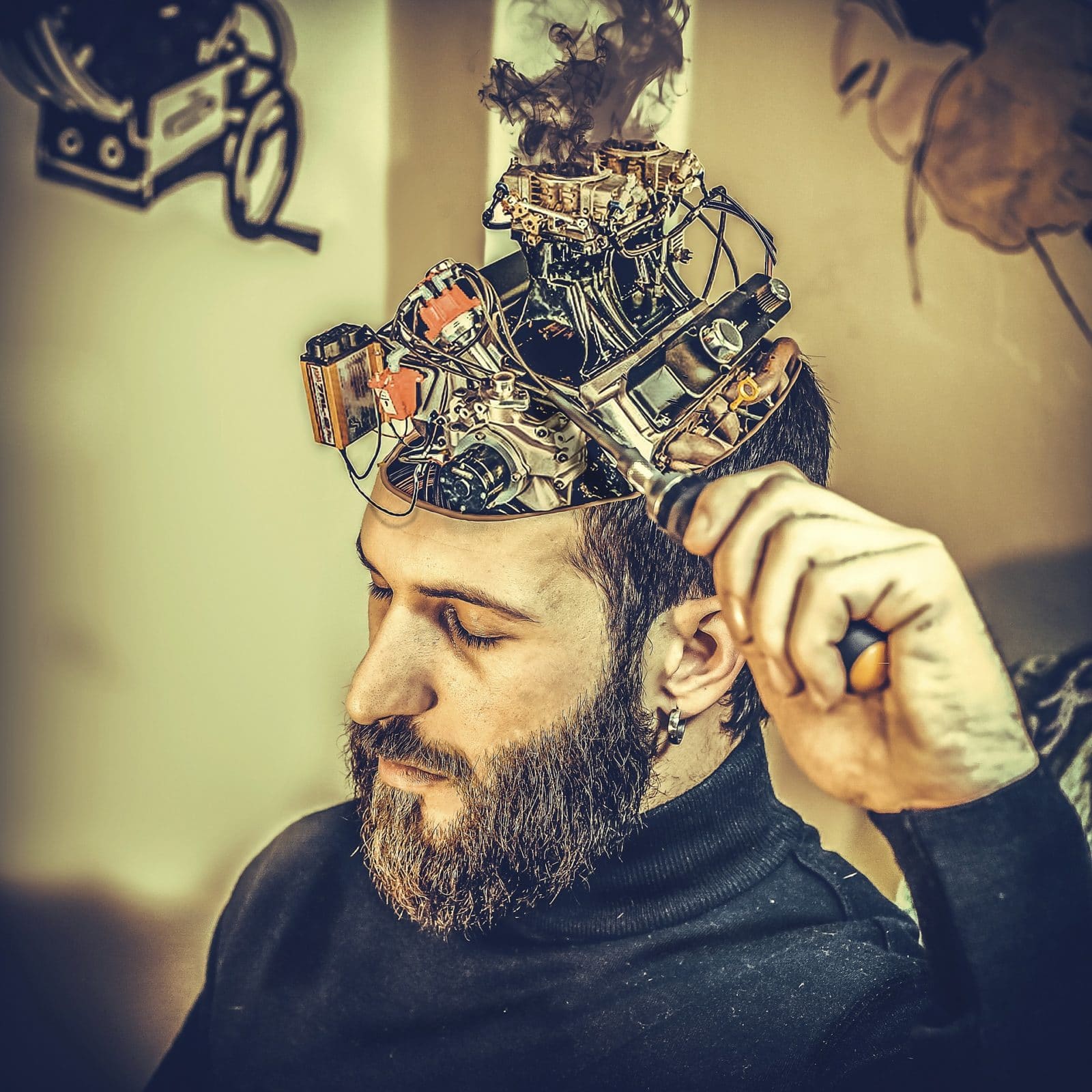
Source: GizaDeathStar.com
Dr. Joseph P. Farrell Ph.D.
June 22, 2017
Ms. K.M. sent this article this week, and I have to blog about it, for it seems that some physicists are making the claim – not yet totally sanctioned by other physicists – of being able to manipulate the vacuum, and hence the vacuum (or zero point), energy itself:
Physicists Say They’ve Manipulated ‘Pure Nothingness’ And Observed The Fallout
Before we get to why I had an “oh my!” moment when I read this, and to my high octane speculation of the day, consider the following paragraphs:
Then, in 2015, a team led by Alfred Leitenstorfer from the University of Konstanz in Germany claimed they’d directly detected these fluctuations, by observing their influence on a light wave. The results were published in Science.
To do this, they fired a super short laser pulse – lasting only a few femtoseconds, which is a millionth of a billionth of a second – into a vacuum, and were able to see subtle changes in the polarisation of the light. They said these changes were caused directly by the quantum fluctuations.
It’s a claim that’s still being debated, but the researchers have now taken their experiment to the next level by ‘squeezing’ the vacuum, and say they’ve been able to observe the strange changes in the quantum fluctuations as a result.
…
That sounds weird, but in a vacuum, space and time behave in the same way, so it’s possible to examine one to learn more about the other.
Doing this, the team saw that when they ‘squeezed’ the vacuum, it worked kind of like squeezing a balloon, and redistributed the strange quantum fluctuations within it.
Now, in case you missed it, let’s boil all this down to two basic ideas:
(1) there is an energy in absolute vacuum, which is known by a variety of names; zero point energy, quantum fluctuations, vacuum energy and so on;
(2) that energy can be observed, or accessed, when one changes the pure “shape” or geometry of the vacuum itself. Indeed, viewed a certain way, the particles of physics are “changes of geometry” in the vacuum that are stable for some period of time.
Let this all sink in for a moment: scientists have found a way to “change the shape’ of the vacuum itself, and hence, have observed and accessed the strange and hitherto inaccessible world of that “quantum vacuum fluctuation.”
There is, so to speak, a purely abstract – non-physical – topology to the way even the vacuum – pure nothingness – behaves, and this is manipulable via shape. So the claim – which, let us note for the record, is still being debated by the scientific community reacting to this experiment – is to have achieved the God-like power to shape nothingness itself. For most people, this will seem at once a contradiction of religion and the ultimate testament of the folly of man. In point of fact, for certain versions of religion, man is a “co-worker” with God, even in his own salvation, and there is no real limit placed on what that “co-working” entails, even, perhaps, to the cosmological scale. (For those interested in the details, it is part of the communicatio or circumincessio idiomatorum). While this experiment is only a first, small step, it is also a gigantic step in terms of the implications, for it is suggesting that the vacuum is directly engineerable – as some have been maintaining for decades – via its shape or geometry. Indeed, it recalls the pyramid research of Ukrainian physicist Volodimir Krasnoholovets, and his co-authored papers with topologist Michel Bounias.
It also recalls that disturbing statement in the Babylonian war epic, the Enuma Elish (and yes, I persist in my opinion that the epic is a war epic and not, pace academia, a creation epic), that after a colossal war and the destruction of the planet/god Tiamat, he “remeasured the structure of the deep“, of “the abyss”.
See you on the flip side…
Read More At: GizaDeathStar.com
________________________________________________
About Dr. Joseph P. Farrell
Joseph P. Farrell has a doctorate in patristics from the University of Oxford, and pursues research in physics, alternative history and science, and “strange stuff”. His book The Giza DeathStar, for which the Giza Community is named, was published in the spring of 2002, and was his first venture into “alternative history and science”.


